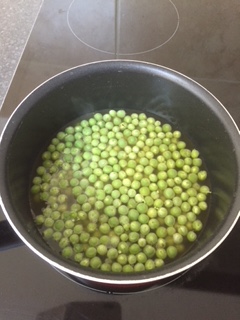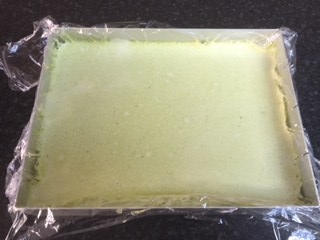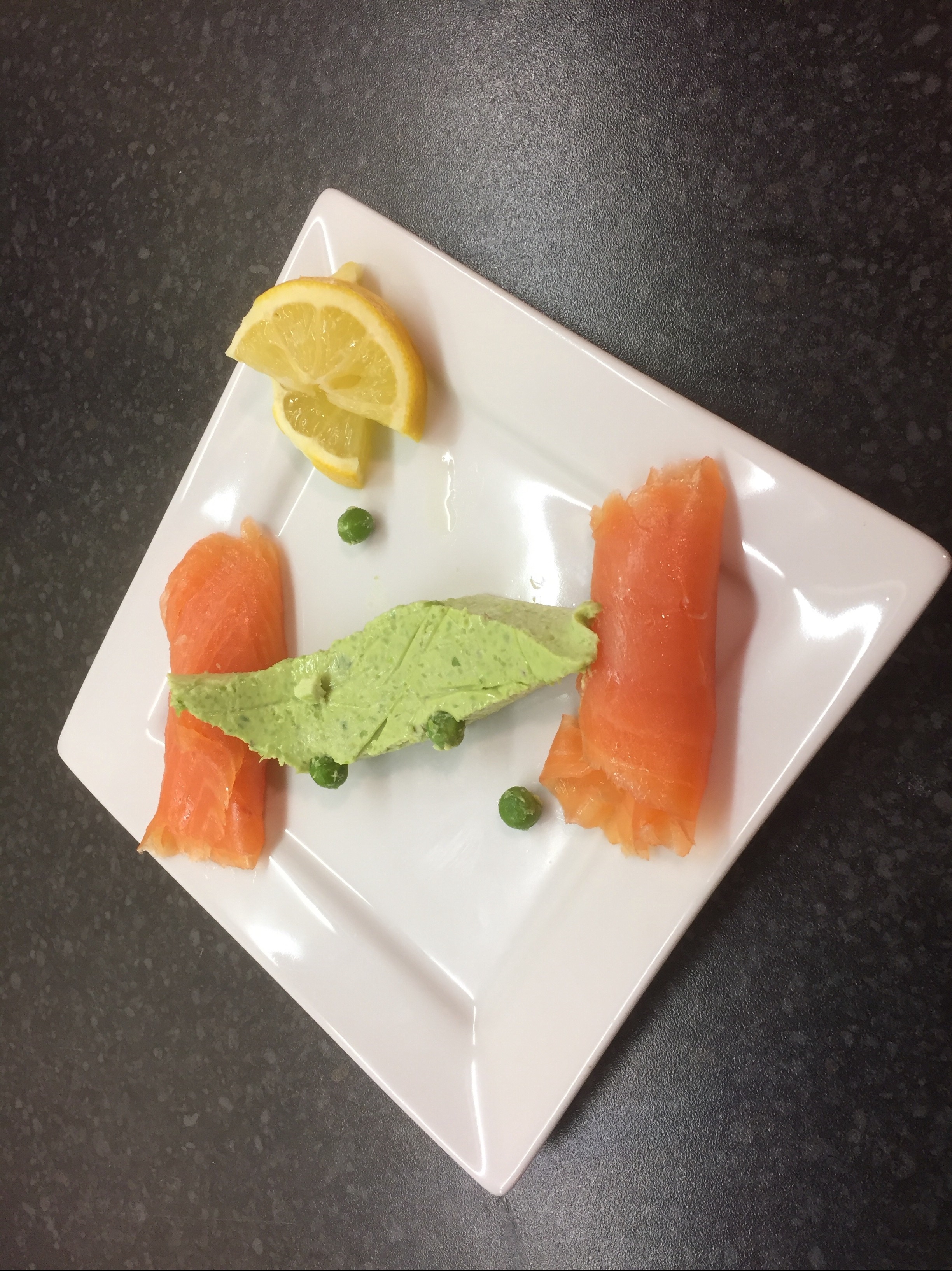
Category: Uncategorized
KNOW YER ONIONS!

Could the humble onion be a cure for Covid? Who knows, but well worth exploring the magical healing properties of this much-maligned vegetable.
Yes, over the century’s, folklore says the onion can cure anything. I had always thought that only applied to my Jewish Penicillin (chicken soup to you) that cured everything, including broken hearts and influenza! The recipe is available on request.
Rumour has it that during the great plague, many believed that putting a few onions on the floor was thought to absorb disease. Or that onions could ward off witches, see off snakes and even predict marriage. Not that we get many snakes or witches around here these days. Mind you, a couple of people have just sprung to mind as I wrote that comment. Ho-hum. Naughty me!
Onion poultices were made up and rubbed onto the wounds the great plague left in it’s wake. Even today old wives tales say that onions and salt can cure chilblains when rubbed onto the chilblain.
During the Spanish ‘Flu epidemic of 1918-1920, people wore masks as per today, but the difference then was they inserted a piece of raw onion behind the face covering. Yuck. Can you imagine? The whiff of a soap dodger springs to mind, although this, if used today, might help with social distancing, methinks.
Over the years, onions have been useful to help with colds and coughs, so could his humble, much-underrated vegetable help in our fight against Covid?
And that really is shallot!
This article has been produced very tongue in cheek – enjoy!


New Septic Tank Legislation
DON’T GET BOGGED DOWN WITH THE NEW LEGISLATION REGARDING SEPTIC TANKS!
William Pewter, senior partner of the Pewter Partnership Surveyors and the Zoe Napier Group strip bare the legislation coming into force in January, 2020:
New Environment Agency rules, known as the General Binding Rules, come into effect 1st January 2020. Yes, next year! Here are some questions and answers we are frequently asked:
Q: Does this mean I will have to replace my existing septic tank?
A: Not necessarily. You do have to ensure that if your existing septic tank discharges to a ditch, water course, stream or river you will need to install either a sewage treatment plant or apply for a permit from the Environment Agency, although it is thought these would be granted only in exceptional circumstances.
Q: If I am selling my property will the sale be affected?
A: Possibly: If your property has a septic tank discharging to a watercourse then it will need to be upgraded to by 1st January, 2020 or sooner if the property is sold before then. If you septic tank does not comply then it will be picked up by the Valuer or Surveyor and could potentially delay any sale. If you are putting a property onto the market it may be wise to upgrade to a sewage treatment plant prior to marketing or at least make arrangements for one to be installed during the selling process.
Q: If my septic tank discharges to the ground does it need to be changed?
A: Discharges to the ground (via a drainage field) can be from a septic tank or sewage treatment plant and will not need to be changed, provided it does not affect the environment in any way.
So, the rules are split between where you are discharging to (ground or watercourse). Also, if the septic tank was installed on or after 1st January, 2015 then it must conform to the GBR (General Binding Rules) and discharge to a drainage field. This is known as a new discharge and no action is necessary, providing the system is regularly maintained and serviced and is not causing pollution issues.
If, however, the septic tank was installed before this date, then it is known as an existing discharge and these are the systems the Environment Agency are targeting as no longer safe and it is these tanks that need to be replaced.
THE BASICS
The new legislation is to prevent high levels of ammonia polluting the environment, ammonia being carried in the water from the septic tank, which is harmful to the environment.
SOLUTIONS:
Investigate connecting into the mains sewer (where possible)
Replace with a micro sewage treatment plant
The introduction of a drainage field so the tank discharges into the ground
A septic tank conversion unit. A permit is required for this and evidence will be required to ensure this will treat to the same standard as a sewage treatment plant.
FURTHER READING:
Visit https://www.gov.uk/government/organisations/environment-agency
Or https://www.gov.uk/government/…/department-for-environment-food-rural-affairs
There is a lot more to the legislation than we have covered here, but do visit the above for much more detailed information.
Article I’ve just written for the Pewter Partnership and Zoe Napier Group.
Ban the burn?
Latest article written for a client
Deciphering Danny Dyer 2
You’re ‘aving a giraffe!! (Laugh)
Last weeks gem was “eres a cockle”. A what?
He meant a cockle and hen – ten. Ten pounds to you!
Like and follow for more deciphering!
PEA PANNACCOTTA AND SMOKED SALMON
This is a real show stopper of a starter. You will need a mould or individual moulds in any shape you fancy. I used a Battenberg tin with the inserts removed just because I wanted mine rectangular and flat. Wet the chosen mould(s) and line with clingfilm. This is very important or you will struggle getting the pannacotta out later.
Peas, fresh or frozen, 160g
Vegetable stock, 150ml, if cooking for vegetarians. Chicken stock gives a better flavour
Double cream, 150ml
Gelatine leaves, use according to pack – use vegetarian variety if cooking for vegetarians
Pea shoots, an optional but very pretty and tasty decoration, these can be difficult to source but Waitrose is generally a good bet or indeed my local Co-Op often has these
Smoked salmon, or you can use crab meat, prawns or any type of shellfish you fancy
METHOD
Put the peas and chosen stock in a saucepan and bring to the boil and simmer for 5 minutes or so, allow to cool

Put the gelatine in a jug and pour on hot water and allow to dissolve. Don’t short circuit this otherwise your pannacotta will be ‘grainy’
Add the cream and gelatine. Blend with a hand mixer or food processor until its the consistency you want. I want mine a tad course, but if you want the real smooth custardy type finish then pass the mixture through a sieve. Knock the tray up and down gently to remove any bubbles, and allow to cool before placing in the fridge to set.

Leave for a couple of hours or until needed
Lift clingfilm out of mould gently, if it is resistant, pop the base of the mould into hot water very brieflyto soften and ease removal.
Cut into desired shapes, or leave ‘as is’ – the choice is yours.
Plate up with desired fish and decorate – I couldn’t get any pea shoots today – typical.

TAPPITY TAP, DEATHWATCH BEETLES ARE BACK
It’s that time of year again. It will not be too long until the little tappers are at it again.
Below is an article I wrote on behalf of a client a couple of years ago, which is still relevant today.
Don’t forget to like and subscribe for more. Feel free to ask any questions you may have and I’ll do my best to answer them for you.
TO KILL A MOCKING WEED
Japanese knotweed or Fallopia Japonica is rife and causing major headaches for both UK sellers and buyers of properties. The majority, if not all of main stream lenders will not approve funding against properties with Japanese Knotweed, even if the plant is a long way away from buildings or even on an adjacent property.
Originally brought to Europe from Japan by German born botanist Phillip von Siebold, who found the very attractive plant growing on the sides of volcanoes in Japan.
Indeed, the plant is so attractive it was named “most interesting new ornamental plant of the year” n 1847, in Holland. The Victorians had a lot to answer for.
Japanese knotweed can grow through tarmac and cause structural damage to properties including drains, pipework, patios, paths, drives, boundary and retaining walls, outbuildings, conservatories and gardens. Treatment programmes are both long and expensive and can take years to completely eradicate.
The plant is rapid growing, up to 20cm every day. It reaches heights of up to two metres before ultimately dying down, but beware, as the roots can be very long.
The critical issue is rapid identification. If you can identify the plant quickly, then you can deal with it before it becomes virulent and cause damage. It is readily recognisable by its heart shaped leaves and dark red stalks.
Solutions are:
Dig it out – ensuring removal of as much of the root as possible. If a tiny piece of root remains then it will simply grow back.
Chemical treatment – this may take several applications before it is successful.
My preference is for injecting directly into the stalks, which, as they are hollow, allows for the chemical to enter the roots thereby killing the plant at source. This is usually carried out late summer/autumn and may take several treatments.
On a lighter note, a further solution and one I have not (no pun intended) is to eat it. Yes, several chefs and foragers have created dishes from Japanese knotweed, thought to taste like a lemony rhubarb and can be used in sweet or savoury dishes. It is also rumoured you can make wine with it.
Glass of knotweed vino anyone?
IT’S BEHIND YOU
This beautiful photograph shows a ha-ha, immediately behind the huntsman and hounds.
A ha-ha is basically a form of retaining wall with a ditch beyond which keeps livestock off the neat, maniured lawn areas in front of stately homes.
There are various schools of thought as to who invented the ha-ha, from the famous Charles Bridgeman or William Kent to Lancelot Brown, known as Capability Brown because of his ability to look at a piece of land and state “it had great capabilities”. It is further thought that the ha-ha originated in France where a similar style was called a Saute de Loup, which translates as wolf leap.
This feature was introduced to keep livestock off the formal gardens surrounding a house without affecting the sweeping views, giving the illusion the livestock are grazing on infinite lawns.




